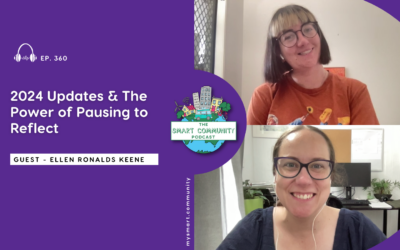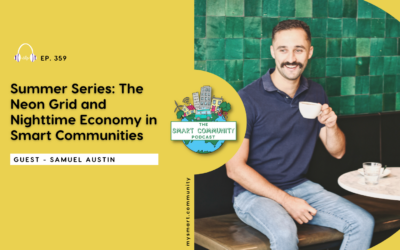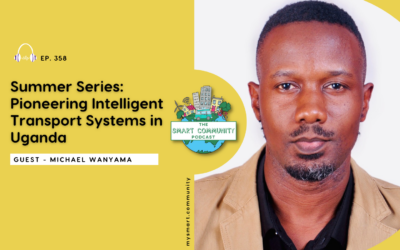As we move through these uncertain times, more people are working from home, self-isolating and practicing social distancing. In doing this, we are travelling less and prioritising health and safety. Society is reducing unnecessary trips and the need to travel that we used to. This piece below is adapted from my Churchill Fellowship report which was written last year before COVID-19 was a pandemic, so isn’t specifically in response to the current times but it is relevant to current events and will be even more relevant when we come out the other side.
Decreasing unnecessary travel is a key element of Smart Mobility.
To do this there are a number of things to consider, the first of which is improvements in remote working. This is more of a culture challenge than it is a technical one, however there are key technologies, bandwidth and connectivity issues that need to be considered and addressed. This will of course look different in different fields and industries. But as the work forces change and the ability to “work from anywhere” increases in a large number of industries, traditional organisations will struggle to attract the talent required to survive, let alone thrive.
This theory also extends to cities and regions having the ability to offer their communities interesting employment and opportunities while not significantly changing the lifestyle that attracts people to them in the first place.
It doesn’t make sense that the commute hasn’t changed in the past 60-70 years given the advancements in all the other areas that make it easier to “work in place”.
Is that to say that we never see people again? No.
Is that to say that we will only ever interact through a computer screen? No.
But is that to say that we build trust in different ways? Yes.
Being able to build trust digitally is an absolute must in any current or future organisation, especially in our climate. For this to work, the first prerequisite is that we need to be operating in a high trust, high respect environment. After that, it is imperative to have systems and processes that support and nurture this environment such as online collaboration tools. This can then open up jobs for people living in regional areas as the jobs can become location independent. Also for people who have limited mobility for whatever reason, this is all of us right now but think about people living with disabilities when we come out of this. This offers the much needed diversity that will be required now and in the future of #smartcommunities.
Can everybody do this? No.
This is important.
People that have jobs where they must be present in a certain place should be prioritised in our network. Professions such as a shop assistant or a nurse or a factory worker, should have their needs planned for first. Alongside this, the needs for people attending necessary services, particularly when they are off-peak need to be considered.
With urban migration currently at odds with housing affordability, people with lower incomes aren’t able to live in the heart of the city with access to all services and therefore move to the outer edges of a city. How do we ensure we are creating places that aren’t sprawling and just increasing the divide once again?
Another element of this is the idea of bringing what we want and need closer to where we live. That is, rather than cities and regions being places that you move through, being places for living. Changing the traffic movements to reclaim back the streets to the people is important but not really enough, however, it’s about sensibly decentralising services to make them within walking and cycling distance from where people live. These include hospitals, universities, power supply, green space, restaurants and entertainment venues.
To counteract the limited diversity of only being where you live, integrated public transport could offer a range of options. These systems have the ability to connect these hubs to other districts and larger spaces. Mixed-use development combined with digital and physical connectivity with a focus on the human experience is what is needed.
Increasing Smart Mobility is imperative for every member of our communities. We don’t know what situations we may find ourselves in the future, but we should be constantly learning from the situations we find ourselves in the present and thinking about we can continue shaping the future we want for our communities.
Looking for something to read? Bringing Smart Mobility into Smart Communities
Looking for something to listen to? https://mysmart.community/podcast/
Looking to join the conversation? Watch out on LinkedIn for my next #smartchat






0 Comments